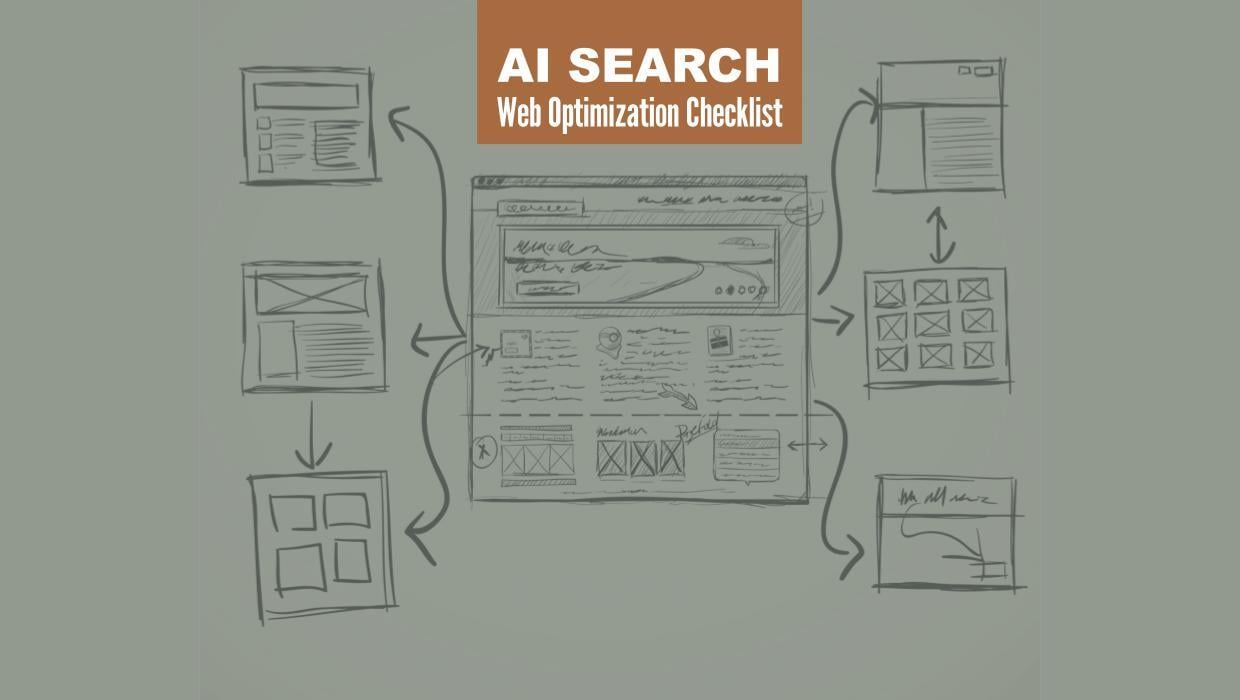Why Case Studies Are the Most Effective Content (and How to Create Them)
Written by
In today's crowded digital landscape, marketers across the country are finding it increasingly difficult to stand out in the crowd. There’s not a credible company around that isn’t assertively blogging, posting on social media, regularly enhancing their website, and creating and promoting content that’s relevant and useful to their prospects. With all that information whirling around the internet, how does your company get people to read your content?
To get the attention of prospects today, marketers have to demonstrate their product or service’s value — not just talk about it. Industrial and other B2B buyers today are cynical about sales hype, and they don’t have time to interpret marketing messages that aren’t direct and relevant. That means that instead of aimlessly “banging the drum” about how great your company is and how terrific your products are, you have to share the real-life experiences customers are having with you and your products. The best way to do that is with case study.
Related: ToFu, MoFu & BoFu: Serving up the Right Content for Lead Nurturing
Below are some of the most compelling benefits of creating and sharing your company’s case studies, and resources to help you create your own:
Case Studies Tell a Compelling Story
You hear a lot about storytelling today, and for good reason: people want interesting narratives, not just contrived sales “sound bytes.”
Case studies tell a business success story, walking your audience through a real-life scenario they can relate to. Readers get to “meet” their peers (the customer you’re highlighting), see challenges similar to those they face, understand your company’s approach to solving a problem, get a glimpse of how you applied your expertise and, finally, what your product/solution did for the customer – saved money, improved productivity, reduced downtime, accelerated production...whatever results you have to share. Just like a good novel, there’s a distinct beginning, middle and end, and a hero that’s at the center of the story – your company.
They’re Prospect-focused, Not You-focused
Too much marketing today is developed around company-centric messages: how long a company has been in business; their mission and vision; the square footage of their facility; the pride they have in the work. While all those messages may have influence on the quality of the product the company produces (and, by extension, the value a customer might get from the product), it’s really all about them, not their prospects. It also tends to sound like all other companies out there.
Case studies, on the other hand, demonstrate to the reader that your concern is with the success of your customers – that your expertise, efforts and thinking are deployed with the goal of helping customers succeed. It addresses precisely what prospects want to know before making a buying decision by answering the age-old question every prospect is asking: “What can you do for me?”
They Address the Needs of Different Personas
Case studies can be crafted to reach a variety of very specific prospect personas/roles. Let’s say your company produced a conveyor system for a disposable tissue manufacturer; in theory, you could look at the overall success of the project and write one case study that’s relevant to each of the people involved in the decision to purchase this equipment:
- Head of Operations and Facilities Manager — The case study would focus on how the equipment streamlines production and can be seamlessly connected to existing equipment, and ease of use and maintenance
- CFO — The case study would focus on financial considerations like TCO, productivity, waste, etc.
- CEO — the case study would focus on how the equipment improves the competitiveness of the featured customer and keeps them ahead of the curve on technology
There are almost always several people involved in B2B purchases (especially large capital equipment purchases), and all of them are looking for specific, role-related information as they consider all their options.
They Make Employees Proud
Workers are motivated by seeing progress and real-life impact — their own and the company’s. Publishing a case study (and sharing it with workers) can be a huge boost to employees’ job satisfaction because it validates all the hard work they’ve been doing. With employee attraction and retention being manufacturers’ #1 challenge in 2019, anything you can do to enhance morale is worth the effort.
As you can see, a case study can be some of the most useful content you publish in 2019. These fact-based, real-life stories have the power to strengthen your brand authority and lead nurturing efforts...but now for the tricky part: how do you create an effective one? We have some great resources for that – take a look at:
Where to Start
Start the process with a smart guide for constructing a solid case study – download our Content Creation Guide that includes a case study checklist by clicking the link below! Then view the additional articles below to make your case studies shine.
How To Create A Case Study
This blog post outlines the necessary story elements in order for a case study to be compelling:
Three Essential Elements for Creating an Epic Case Study
How To Make Case Studies More Interesting
This post gives you tips for giving case studies energy and making them highly readable:
6 Ways To Make Your Case Studies More Interesting
With the help of these resources and tips, you’ll be well on your way to developing compelling case studies that directly relate to your buyer’s journey and demonstrate how your company can help solve their challenges.
Subscribe To Our Blog
Information. Insights. Ideas. Get notified every time a new Weidert Group blog article is published – subscribe now!
You May Also Like...

Search Engine Optimization
Optimize Your Industrial Website for AI Search

Marketing Technology
Why Unified Data Efforts Fail (and How Manufacturers Can Fix It)

Search Engine Optimization
How Falcon Rebuilt Industrial AI Search Visibility in 2025
Accelerate Your Growth with
Weidert Group
If you’re ready to explore a partnership, request a personalized consultation with our team.

